Recovering from Gullain-barre syndrome can be frustrating. It is normal to want to get your life back, FAST! And the normal reaction is the more “exercise” you do the better, right? Unfortunately, this mentality can HURT your recovery. Regaining strength in the muscles can take several months. Attempting to rush this process can cause damage to the muscles, delay recovery, and cause unnecessary frustration. There are critical things you need to know to make sure you are doing the BEST exercises. But first, it is important to understand a little more about what your body is experiencing after this attack on your nervous system.
What happens to the nerves in Guillain-Barre syndrome?
Am I really suggesting that exercise can HURT recovery? Yes…….and no. It all depends on dosing (the intensity and frequency) of the exercise program. This will be easier to understand once, you know what is causing your “muscle weakness”.
Muscle weakness (due to this attack on the nervous system) is different than what you may think. In a healthy nervous system, muscle weakness is due to a deficiency with the muscle contractility (performance of the muscle fibers). GBS muscle weakness is not the same. So, what is the difference?
It is not a muscle problem. IT IS A “CONNECTION” PROBLEM
The difference is that muscle weakness (following GBS) is not really a “muscle problem”, as it is a “connection problem”. In other words, the machine (the muscle) is working. However, it is the power source (the nerve) that is not working properly.
Depending on the severity of the attack and how long it takes to initiate treatment, muscle weakness can range from moderate to severe. The immediate medical treatment consists of getting these destructive antibodies out of the system.
In GBS, antibodies meant to protect the body now start to recognize healthy nerves as foreign and begin to attack. They attack the myelin that surrounds the nerves.
Myelin transmits electrical impulses down the nerve. When the myelin is damaged, the nerve impulse delivered to the muscle is diminished.
How does damage to the nerve effect the muscle?
One nerve innervates (connects to) multiple nerve fibers. Multiple nerve fibers must act together for voluntary movement to occur.
When the myelin is damaged, a “weaker” impulse is delivered to the muscle and fewer muscles fibers are recruited to perform voluntary movement.
Now the nerve and the muscle are having to work harder to perform voluntary movement. Great! Right? if it is having to work harder it will get stronger faster? Not exactly. Unfortunately
So knowing all this, is there a right and a wrong way to exercise when recovering from Guillain-Barre Syndrome? Absolutely.
How can the WRONG exercises hurt your recovery?
Muscle fatigue is when the muscle is unable to sustain a muscle contraction over time. Why is this a problem? When recovering from GBS, many patients resume their normal activities. Some may even add MORE strengthening to get better “faster”. Unfortunately, the result is just the opposite. The muscle fatigues and may reach the point of muscle failure. This leads to a cascade of negative metabolic events that leave toxins in the muscle that will cause it to break down. These events create a poor environment for healing and thus may slow overall recovery.
Generally speaking, exercise is extremely important for mental AND physical health and is strongly recommended. However, there is a RIGHT and a WRONG way to exercise from this type of neurologic injury. So what is the answer? Recognize muscles with NO connection (no voluntary movement) and make sure to protect those joints with bracing. A muscle needs to show some sign of a connection (voluntary movement that makes an arm or a leg move) before attempting to start a home strengthening program.
When is a muscle ready to start a strengthening program?
The goal is to build a stronger connection by recruiting more muscle fibers WITHOUT demanding to much from a muscle. It is important to understand that it is the power source (the nerve) that is inadequate, NOT the machine (the muscle). Then this should be done in stages depending on what stage the muscle is in the recovery process.
Phase One Strengthening (Muscle Strength Grade 2-3)
In this stage the muscle show some strength. This phase is characterized by the muscles ability to move an arm or a leg a little bit but unable to move the limb through a normal range against gravity. In this phase the goal is to build a stronger connection with exercises that use devices to assist the movement or perform exercises without gravity (movement is performed horizontal to the ground)
Phase Two Strengthening (Muscle Strength Grade 4-5)
In this phase, the muscle is able to move the arms and the legs through a normal movement against gravity and can hold up when some resistance. For example, in sitting the quadriceps can straighten the leg and hold the leg straight when some resistance is applied to the foot. Now some resistance training can be added to the home strengthening program. Making sure to AVOID MUSCLE FAILURE!
What exercises can hurt recovery?
- Avoid heavy weights and maybe avoid resistance training
- Avoid working a muscle to failure
- Avoid strenuous exercise
What should be added to an exercise program to prevent neurologic fatigue?
- Adequate rest periods between exercises
- Set up a plan that alternates between muscle groups within one session
- Set aside time to take a rest break after the exercise session
How to prevent muscle damage?
- Keep all exercise intensity at a submaximal level
- Limit sets to 10 repetitions at a submaximal level
- Stop as soon as you recognize the exercise is becoming difficult and the muscle is feeling tired
- Use your own body weight as resistance and avoid weight training.
- If you do want a little resistance, try resistance bands
- Stick with yellow and red for arms exercises (yes, this is for females AND males)
- For large leg muscles (quadriceps), blue and green
- For smaller leg muscles (hip rotators, gluteus medius, and ankle muscles) stick with red or yellow
Call Today and Speak to a Specialist
407-900-0841

Board Certified Neurologic Specialists
Don’t settle for general therapists and treatments by less qualified techs and assistants. 100% of our staff are board certified neurologic Doctors of Physical Therapy

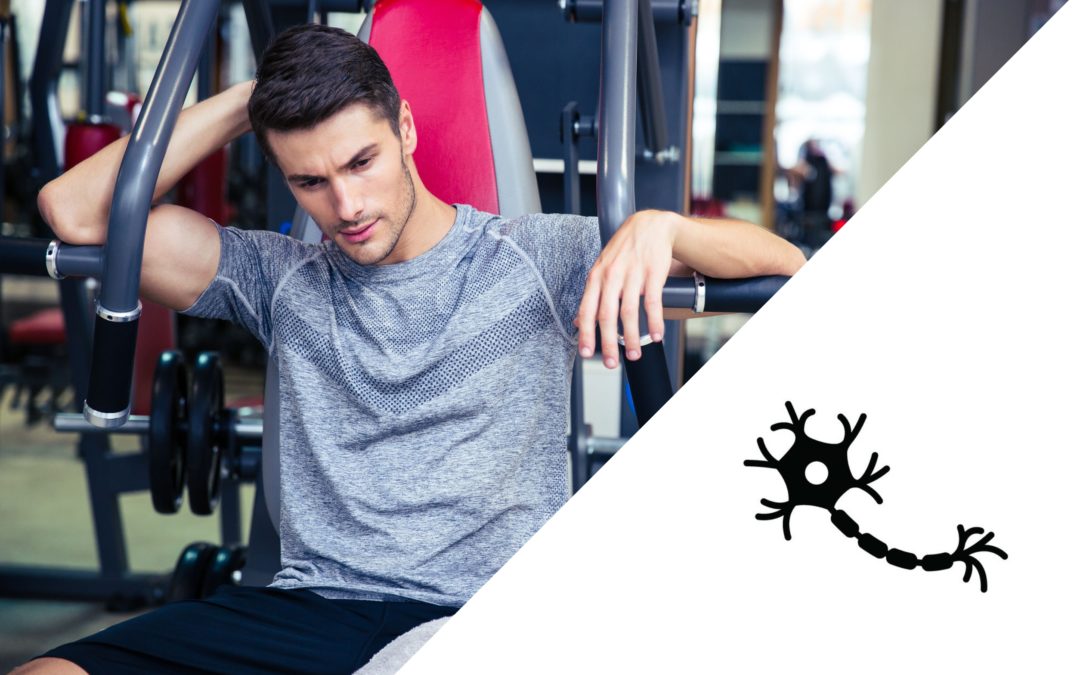

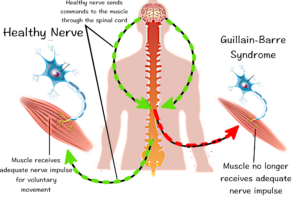
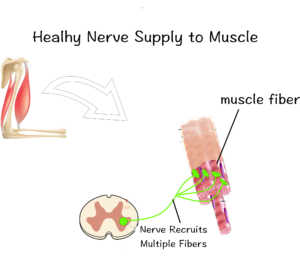
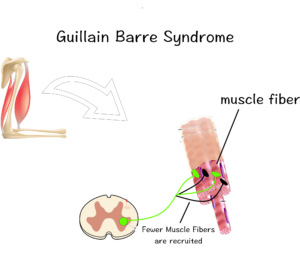



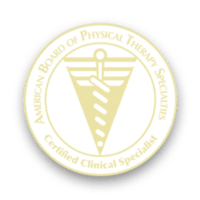

15 days into GB. This is the best read by far. Easy to understand thanks
Hi, thanks for the article. I found it very useful. My mum, aged 66, was diagnosed with GBS in April. She’s had her IVIg treatment. Right now she has very little movement below her hips. She also struggles to close her fists. Due to Covid in India, we are not able to go to a Physio Therapist and my assessment is that this will take a few months for situation to get to normal. However, I want to ensure that my mum is able to do some exercises at home without injuring herself. Are you able to advise via email and/or phone please? Many Many Thanks
I need help establishing a strengthening program for my muscle. I am post GBS now almost four years. Every time I try an exercise program I can not get to a level beyond fatigue. My muscles have begun fasciculations and my lab results indicted CK levels are at 469. I need help.
Very helpful article.
Look forward to your newsletters.
RB
My dad was diagnosed with Parkinson’s disease.his symptoms were shuffling of feet,slurred speech, low volume speech, degradation of hand writing, horrible driving skills, right arm held at 47 degree angle, but now he finally free from the disease with the help of total cure from ULTIMATE LIFE CLINIC, he now walks properly and all symptoms has reversed, he had trouble with balance especially at night, getting into the shower and exiting it is difficult,getting into bed is also another thing he finds impossible.we had to find a better solution for his condition which has really helped him a lot,the biggest helped we had was ultimate life clinic they walked us through the proper steps,am highly recommended this http://www.ultimatelifeclinic.com to anyone who needs help.